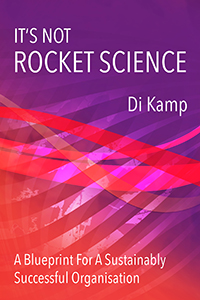The clocks have gone forward, spring is in the air, and it’s time for spring cleaning. This usually sounds like an onerous job, so I would like to give you a few tips for spring cleaning your life in a simple and fun way.
All you have to do is to identify one area of your life where you wish it were different – a habit, behaviour, or thought that has become outdated in your life. Most of us have several things in this category! The problem we have is that it is generally considered to be hard work to shift something which has been a part of our lives up till now. And maybe we can do it quite simply, by approaching it in a different way.
Homework
- Consider the outdated thing and find a metaphorical equivalent for it in your home or possessions, e.g. rowing with your partner might be represented by that ornament that your aunt gave you years ago, or slumping in front of the tv might be represented by the cushion on your favourite chair.
- Take the item and get rid of it – unless it is a whole room in which case you might be better to just re-decorate it!
- Now imagine how you want to be instead, e.g. pleasant after work, or energetic.
- What would represent this new state or behaviour for you metaphorically? Have some fun going out and looking for a replacement metaphor, e.g. a pair of lovely bud vases, or a new cushion with vibrant colours. By the way, it need not be anything that costs – it could just be a pretty pebble.
- Now ‘invest’ the new object with how you want to be: ” You are my being pleasant after work symbol”, and place it somewhere you will see it frequently.



